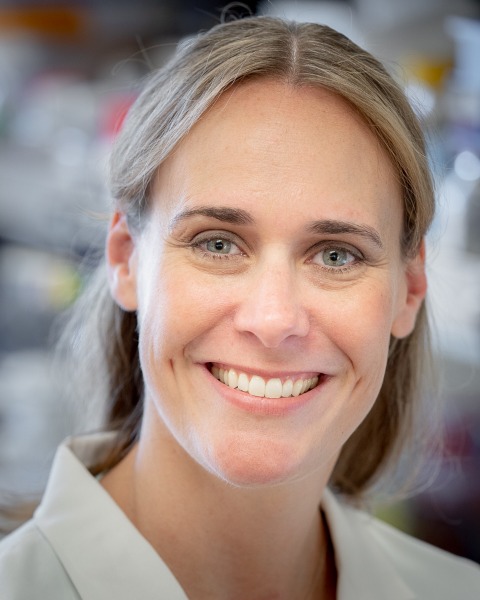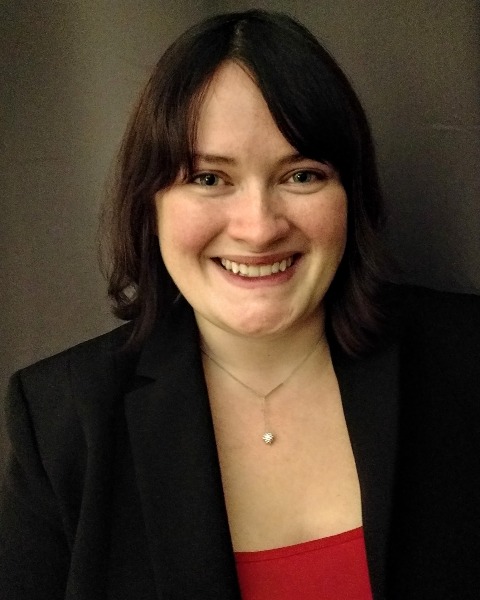Special Interest Group (SIG)
HCS/HCA Data and Informatics
Monday, February 5, 2024
1:00 PM - 2:00 PM EST
Room/Location: 252B

Shannon Mumenthaler, PhD
Ellison Institute of Technology, California, United States

Beth Cimini, PhD
Broad Institute, Massachusetts, United States
.jpg)
Joe Trask, n/a
Revvity, Massachusetts, United States
The two biggest bottlenecks of High Content Screening are Assay Development and Data Analysis (Informatics). Irreproducibility of cell-based assay experiments costs time and money and can delay new findings, cures, and treatments to combat human diseases. Reproducibility begins with an experimental design to develop and validate basic and complex 3D cell model assays for statistically significant robustness and repeatable over-time. In this SIG, we will introduce assay development concepts, strategies, and considerations to develop reproducible high content imaging experiments for phenotypic and target-based screens using guidelines from the NIH/NCATS Assay Guidance Manual. In the first talk by Dr. Joe Trask, we will cover assay development considerations for Cell Painting, a high-content imaged-based phenotypic assay. In the second talk by Dr. Beth Cimini, we will discuss Cell Painting as a Rosetta stone for phenotypic interpretability. We will demonstrate how to connect Cell Painting data to transcriptome/GWAS/secretome data as well as to large scale whole genome CRISPR screens.

.png)